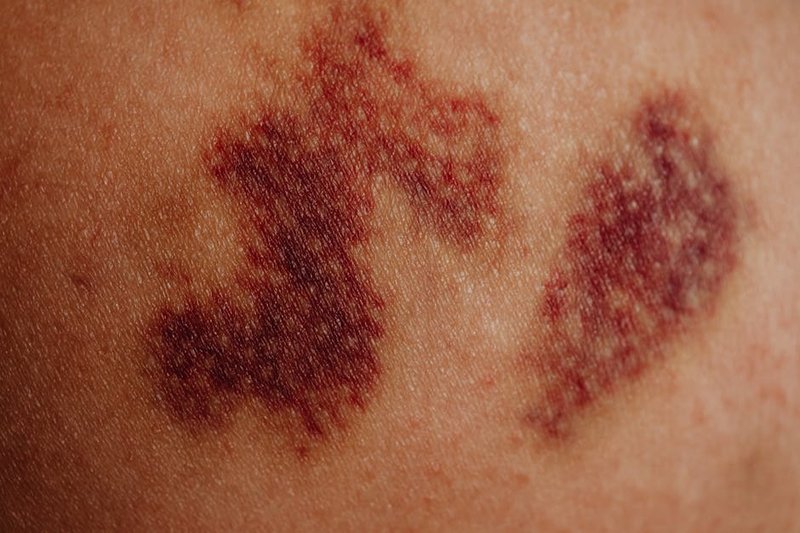In the evolving landscape of educational technology, predicting when students might drop out has become a critical frontier. A groundbreaking study published in Scientific Reports showcases how machine learning techniques can identify at-risk students before they fall through the cracks of our educational systems.
The research team, led by Markson Rebelo Marcolino, has developed a sophisticated predictive model using the CatBoost algorithm trained on student interaction data from the Moodle learning management system. Their approach addresses one of the most persistent challenges in education: identifying struggling students early enough to make a difference.
Risk – The Scale of the Challenge
Student attrition rates vary dramatically across disciplines and institutions, ranging from 30% to a staggering 80% in some cases. STEM fields, particularly programming courses in early college years, see especially high dropout rates due to the abstract thinking and complex problem-solving requirements. The cognitive load of such subjects creates significant barriers to student success.
“The traditional approach of waiting until students fail assignments or examinations is simply too late for effective intervention,” the researchers note. “By leveraging machine learning techniques on real-time interaction data, we can identify warning signs weeks before traditional metrics would alert instructors.”

Risk – Technical Innovation in Predictive Analytics
What sets this research apart is its comprehensive approach to overcoming data limitations. The team employed Adaptive Synthetic Sampling techniques to address the imbalanced dataset problem – where the number of successful students vastly outweighs the number of dropouts, which can skew machine learning models.
Additionally, they implemented multi-objective hyperparameter optimization using the Non-dominated Sorting Genetic Algorithm II. This sophisticated technique allows the model to balance multiple performance objectives simultaneously, refining predictions with remarkable precision.
The results speak for themselves: the model achieved an average F1 score of approximately 0.8 in holdout testing. For non-specialists, this means the model correctly identified about 80% of at-risk students while minimizing false positives.
Comparing Methodological Approaches
An interesting methodological finding emerged when the team compared two different training approaches:
- Training separate models on weekly log data
- Training a single model using cumulative data from all weeks
Contrary to some earlier research in this field, the single model trained on all available weeks demonstrated superior performance, particularly in identifying the minority class of at-risk students. This suggests that longitudinal patterns in student engagement may be more predictive than isolated weekly snapshots.
Implications for Educational Practice
The practical applications of this research extend beyond academic interest. Early identification of at-risk students enables targeted interventions when they’re most effective.
“In educational settings, timing is everything,” explains lead researcher Marcolino. “The difference between intervention in week three versus week eight can determine whether a student completes the course or drops out.”

Educational institutions implementing such predictive systems could design tiered intervention protocols triggered by risk assessment levels. Low-risk students might receive automated resource recommendations, while high-risk students could be flagged for immediate personal outreach from instructors or academic advisors.
The findings also highlight the untapped potential of learning management systems like Moodle, which generate rich interaction data that most institutions aren’t fully leveraging for student success initiatives.
As educational technology continues to evolve, these machine learning approaches represent a significant advancement in our ability to support student persistence and success. By shifting from reactive to proactive approaches, institutions can address the perennial challenge of student retention with unprecedented precision and effectiveness.
The research team’s next steps include refining the model for cross-institutional implementation and exploring how additional data sources might further enhance predictive accuracy. Their work represents a meaningful step toward data-informed educational support systems that can help more students reach their academic goals.



